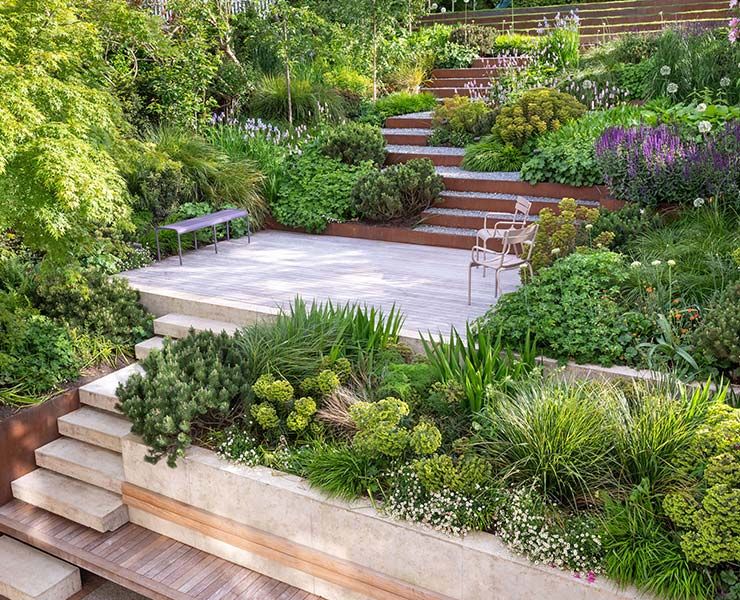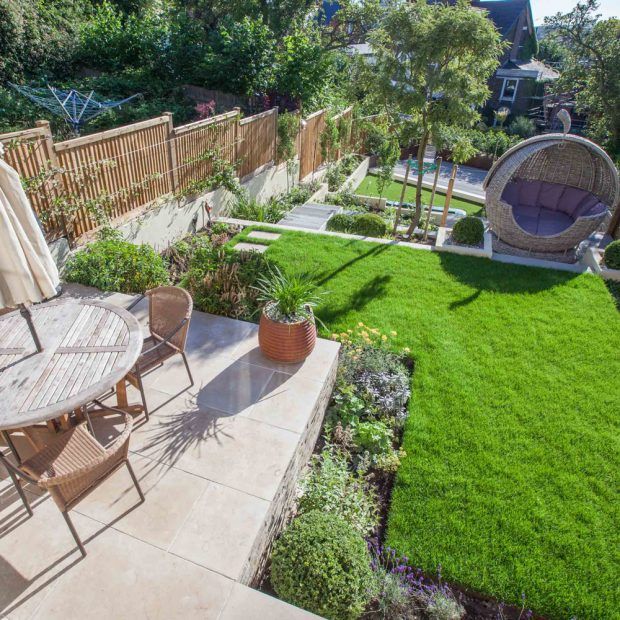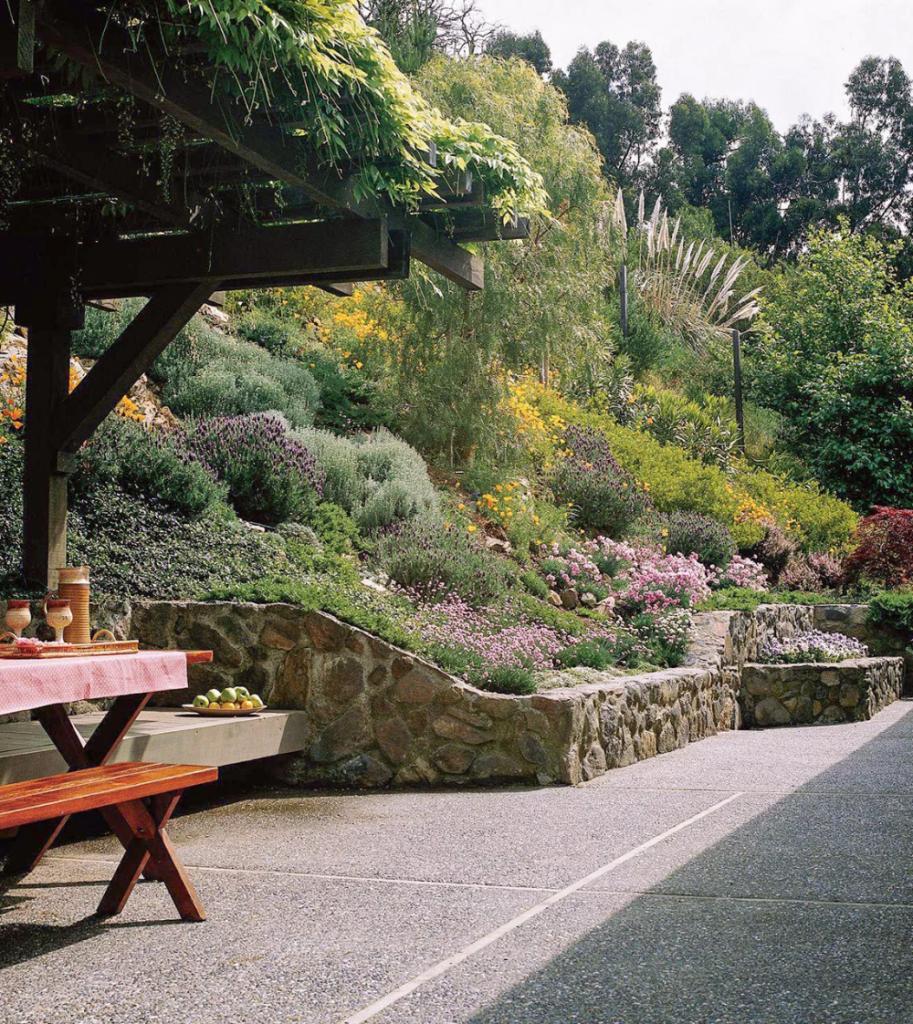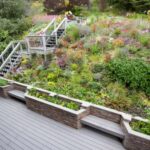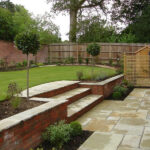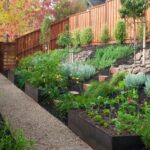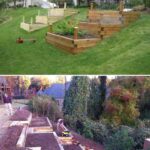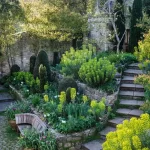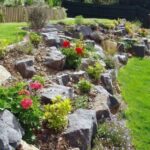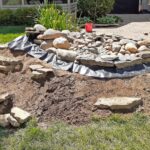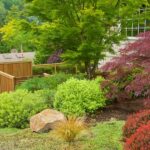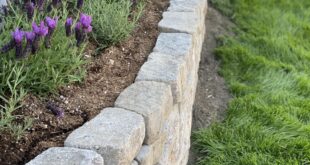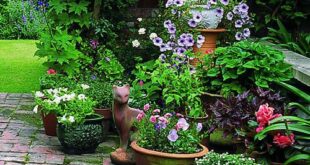Garden design on a sloped terrain can be a challenging yet rewarding task for homeowners who want to make the most of their outdoor space. Sloped gardens provide a unique opportunity to create a dynamic and visually interesting landscape that can enhance the overall beauty of the property.
One of the first considerations when designing a garden on a slope is to assess the gradient of the land. Steep slopes may require terracing or retaining walls to prevent erosion and create level areas for planting. On the other hand, gentle slopes can be used to create cascading plantings or meandering paths that take advantage of the natural topography.
Terracing is a common technique used in slope garden design to create flat areas for planting and seating areas. Retaining walls can be built from a variety of materials such as stone, timber, or concrete to create visually appealing structures that add interest to the garden. Proper drainage is essential when building terraces or retaining walls to prevent water from pooling and causing damage.
Plant selection is another important aspect of slope garden design. Certain plants are better suited to sloped terrain than others, as they have shallow root systems that help prevent erosion. Groundcover plants, such as creeping thyme or sedum, are excellent choices for stabilizing the soil on a slope. Native plants are also a good option, as they are adapted to the local climate and soil conditions.
Incorporating hardscaping elements, such as pathways, steps, and seating areas, can help to define the space and make it more accessible. Paths and steps can be designed to follow the natural contours of the land, creating a seamless transition between different levels of the garden. Adding a seating area or outdoor dining space can provide a place to relax and enjoy the beauty of the garden.
Lastly, lighting can play a crucial role in slope garden design by illuminating the landscape and creating a magical atmosphere. Pathway lights can guide visitors through the garden at night, while uplights can highlight trees, plants, and other features. By carefully considering the layout, plant selection, and hardscaping elements, homeowners can create a stunning garden design that maximizes the potential of a sloped terrain.
 yishifashion Where Outdoor Dreams Become Reality
yishifashion Where Outdoor Dreams Become Reality
